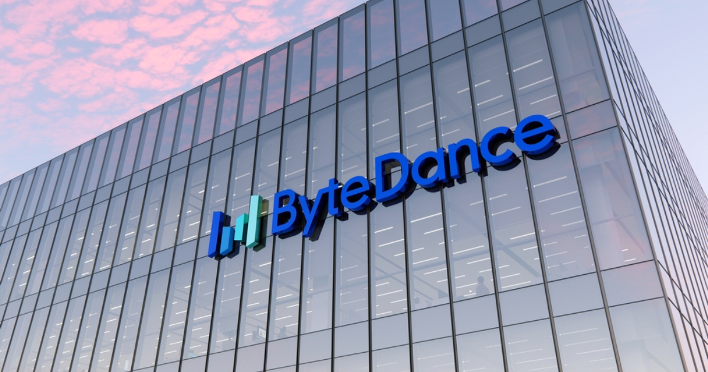Tomlinson, widely credited as the creator of email, has died, his employer, Raytheon, told CNN on Sunday. He was 74. Tomlinson invented direct email messages in 1971. Before his invention, electronic messages could be shared only on a very limited network.
Check also: How to use Dmail to cancel your sent mail
Among those paying tribute was Gmail, one of many offshoots of Tomlinson’s creation. “Thank you, Ray Tomlinson, for inventing email and putting the @ sign on the map,” Gmail’s Twitter account said.
Thank you, Ray Tomlinson, for inventing email and putting the @ sign on the map. #RIP
— Gmail (@gmail) March 6, 2016
Tomlinson, a graduate of Rensselaer Polytechnic Institute and MIT, was working for a Boston technology firm in 1971 when he decided to figure out a way for people to send messages via computer. At the time, Tomlinson recalled, ARPANET the Internet’s predecessor was fairly new and the idea of sending messages from computer to computer was novel. Computers themselves were often giant mainframe beasts that filled entire rooms.
“Computers were very expensive, I think one we had here, for example, was something on the order of two or three hundred thousand dollars. That’s 1970 dollars. They were a scarce resource,” he told the Verge in 2012.
The birth of the @ Email world
Tomlinson had seen a mailbox protocol he’d thought was too complex. In its place, he hacked together a simpler plan that included such now-commonplace concepts as the “@” sign to denote the location of the correspondents and the naming of the fields.
The reason for the “@” sign was mundane, he told NPR: Not only was it a little-used symbol, but “it’s the only preposition on the keyboard.” Why bother at all, given the limited number of people using computers in those days?
Well, Tomlinson told the Verge, the telephone was fine, “but someone had to be there to receive the call.” No voicemail back then; there were few answering machines and people who could afford it subscribed to answering services.
“Everyone latched onto the idea that you could leave messages on the computer,” he said. “As the network grew and the growth of all that accelerated, it became a really useful tool: there were millions of people you could potentially reach.”
From novelty to necessity
For a couple decades thereafter, email was a novelty. It wasn’t until the explosion of the personal computer, followed by online services in the late ’80s and early ’90s including America Online, Prodigy and CompuServe that email became widespread.
In the age of texting, social media and smartphones, email has become somewhat less important to everyday communication, but it’s still pervasive: there were 3.9 billion email accounts in 2013, according to a study by the Radicati Group, and the number continues to grow. Business alone accounts for 100 billion emails sent and received per day, as of 2013. (How much is actually read is another question.)
Tomlinson told the Verge his invention had worked out pretty much as he’d imagined, though the scale was far greater.
“I see email being used, by and large, exactly the way I envisioned. In particular, it’s not strictly a work tool or strictly a personal thing,” he said. “Everybody uses it in different ways, but they use it in a way they find works for them.”
Tomlinson was inducted into the Internet Hall of Fame in 2012.
Source: cnn
Check Also;
- Google to Give Training to 1 Million Africans to Boost Jobs
- Google Owner To Sell Its Robot Manufacturer
- Gmail Finally Allows You To Easily Block Annoying Senders
For the latest on national news, tech, sports, politics, entertainment and more like our facebook page and follow us on Twitter.
This is not a Paywall, but Newslex Point's journalism consumes a lot of time, hard-work and money. That's why we're kindly requesting you to support us in anyway they can, for as little as $1 or more, you can support us .Please use the button below to contribute to Newslex Point, Inc. using a credit card or via PayPal.

 Newslex Point News in Uganda, Uganda news
Newslex Point News in Uganda, Uganda news













